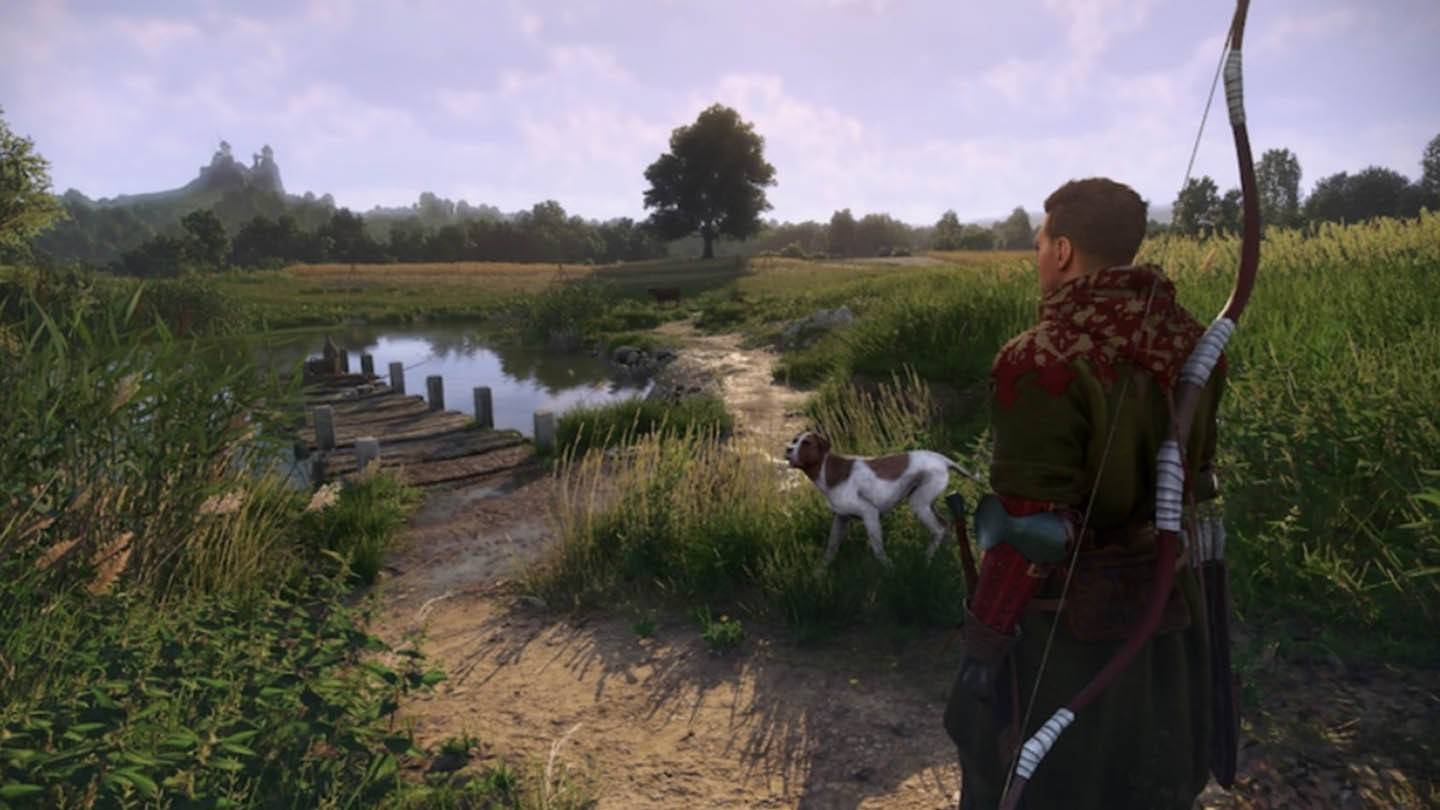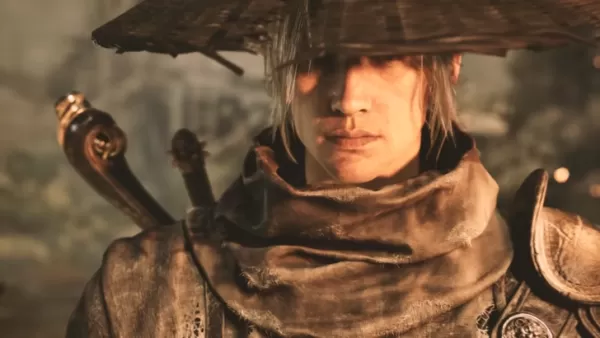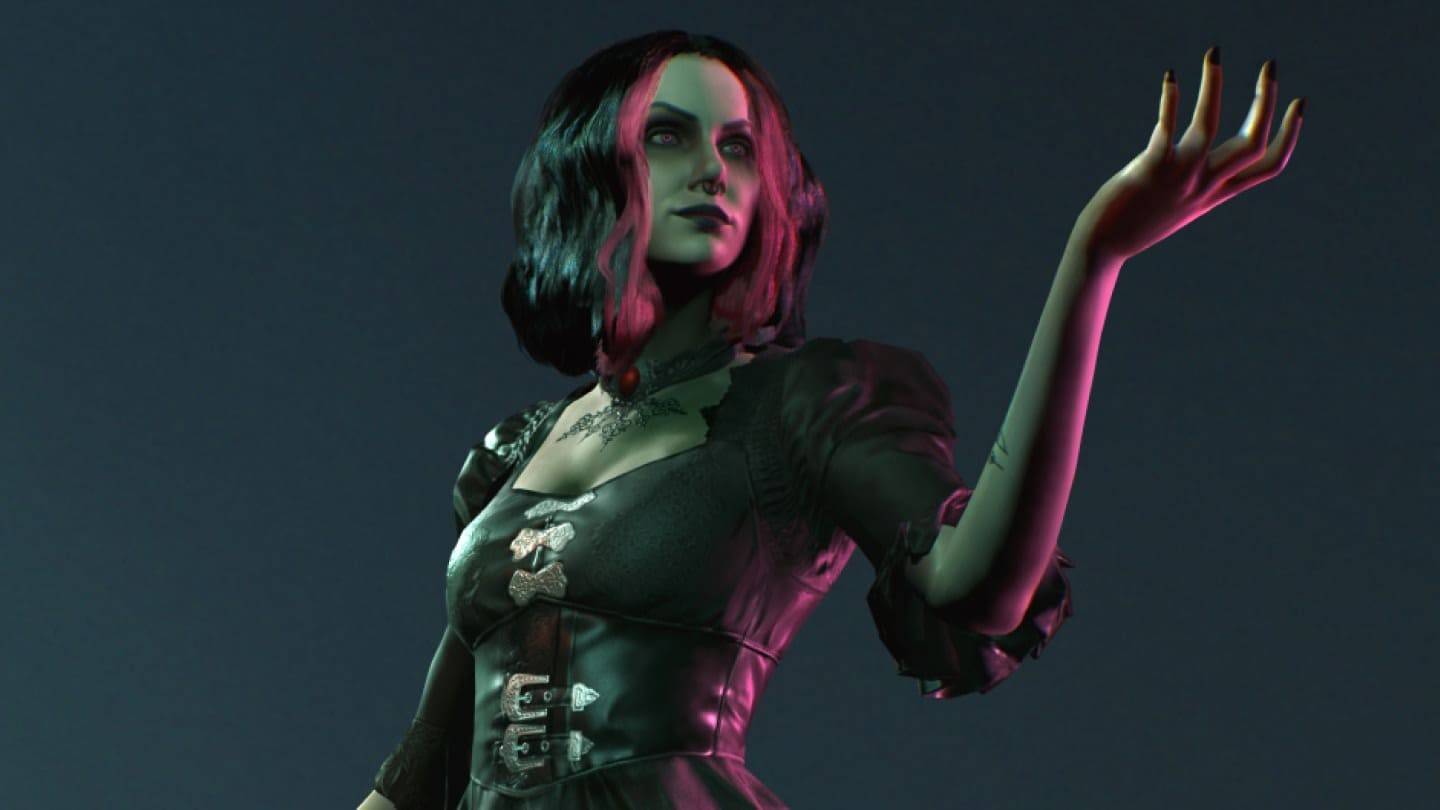"New Oblivion: Remake Look, Remaster Feel"
- By Julian
- May 06,2025
When Bethesda finally unveiled Oblivion Remastered earlier this week, it was hard to believe my eyes. The 2006 journey to Tamriel, known for its quirky, potato-faced characters and blurred, low-resolution fields, has now transformed into the most visually stunning Elder Scrolls game to date. My experience with previous HD overhauls, such as Mass Effect Legendary Edition and Dark Souls Remastered, had set a low bar, barely distinguishable from their Xbox 360 origins. Yet, seeing the Imperial City I explored nearly two decades ago, now rendered with Unreal Engine 5 and ray tracing, was a breathtaking moment. Not only that, but the game boasts enhancements in combat, RPG systems, and a myriad of other details. This led me to question whether Bethesda and Virtuos, the project's developer, had misnamed it. Surely, this should be called Oblivion Remake, not remastered?
I wasn't the only one with this thought. Many fans have labeled it a remake, and even Bruce Nesmith, a senior game designer on the original Oblivion, stated, “I’m not sure the word remaster actually does it justice.” Initially, I too questioned Bethesda and Virtuos' choice of words. However, after playing for several hours, it became evident – Oblivion Remastered may appear like a remake, but it plays like a remaster.
The reason *Oblivion* looks like a remake is straightforward: Virtuos has meticulously redesigned every single asset from scratch. Visually, everything on screen is brand new, from trees and swords to crumbling castles. This overhaul ensures that *Oblivion* meets modern graphical standards, with stunning textures, lighting, and a new physics system that realistically impacts the game world with every arrow and weapon strike. Although the NPCs you encounter are the same as those from 2006, their models are entirely new. This impressive transformation doesn't aim to mimic "how you remember it" but strives for excellence by today's standards. Had I seen it before the remaster rumors, I might have mistaken it for *The Elder Scrolls 6*.Yet, it's not just about visuals. Combat has been revamped, making swinging a longsword feel far more satisfying than the original's balloon-like fencing. The third-person camera now functions effectively with the addition of a reticule. All menus, from the quest journal to dialogue and minigames like lockpicking and persuasion, have been refreshed. The original, problematic leveling system has been replaced with a more logical blend of Oblivion and Skyrim's approaches. And yes, you can now sprint. With such extensive visual and gameplay enhancements, one might argue it's firmly in remake territory.
If I had seen Oblivion Remastered before the rumors, I’d probably have believed it was The Elder Scrolls 6. The crux here isn't technology, game changes, or project scope, but semantics. The industry lacks clear definitions for remakes and remasters, and publishers often use these terms loosely. For instance, Rockstar's "Definitive Edition" remasters of the Grand Theft Auto trilogy are essentially blocky PlayStation 2-era games with enhanced textures and lighting. Conversely, the Crash Bandicoot N. Sane Trilogy, also labeled a remaster, features entirely new graphical assets and appears modern. The situation is even more complex with remakes: Bluepoint’s Shadow of the Colossus and Demon’s Souls are rebuilt from the ground up but remain faithful to the original experiences. Resident Evil 2 maintains the original structure but completely revamps player interaction with the game. Final Fantasy 7 Remake and Rebirth radically alter the design, script, and even story. These examples are all considered remakes, yet they share little in common.
Historically, if a game was rebuilt from scratch in a modern engine, it was deemed a remake. Remasters were seen as more limited upgrades within the original technology. This definition, however, is increasingly outdated. A more fitting modern definition might state that a remaster is a graphical overhaul that preserves the original game's design (with minor gameplay enhancements), while a remake redesigns the game entirely. This would classify Demon’s Souls and Metal Gear Solid: Delta as remasters, reserving the term "remake" for games that truly feel like new interpretations of old ideas.
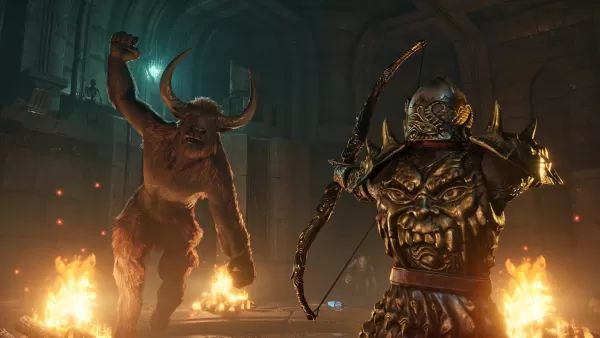 New lighting, fur, and metallic effects are just the beginning of the extensive changes in Oblivion Remastered. Image credit: Bethesda / Virtuos
New lighting, fur, and metallic effects are just the beginning of the extensive changes in Oblivion Remastered. Image credit: Bethesda / Virtuos
Given these definitions, the new version of Oblivion is aptly named Remastered. Yes, the new assets and Unreal Engine 5 ray tracing make it look fresh, but underneath, it retains the essence of the 20-year-old game, complete with its quirky Bethesda charm. As the studio explained, “We looked at every part and carefully upgraded it. But most of all, we never wanted to change the core. It’s still a game from a previous era and should feel like one.”
This sense of the past is evident everywhere. It's in the loading screens behind every door, the perplexing persuasion minigame that remains confusing despite the interface update, the simplistic city designs reminiscent of theatre stage sets, and the NPCs who move and speak with a robotic awkwardness. Even the combat, though significantly improved, still feels detached and unwieldy. And let's not forget the lovingly preserved bugs and glitches that add to the original's quirky charm.
Just a few months ago, Obsidian’s Avowed showcased a vision of the future for The Elder Scrolls mechanics. Its dynamic combat and rewarding exploration make Oblivion Remastered feel like a relic. Yet, this remastered classic still has much to offer in 2025. The magic of its world remains vibrant, with its open fields filled with mysteries and oddities. Its ambition shines through in elements like the dynamic goblin wars and the engaging quest structures, which outshine Skyrim's repetitive dungeon missions. The game's old-school approach to player freedom feels refreshing in an era dominated by hand-holding. However, the finer details of Oblivion are clearly dated. Its dialogue lacks finesse, the systems are clunky, and the level design feels ancient. A remake would update these elements, but Oblivion Remastered is about reliving the past.
AnswerSee ResultsVideo games often borrow terminology from other media. In film, remakes are new productions with new casts, crews, scripts, and sets, while remasters enhance existing films to meet modern standards. The 4K restorations of classics like Jaws and The Godfather look incredible but remain unmistakably products of the 1970s. Oblivion is similar to these film restorations. It pushes visual quality to the limit, using the more flexible medium of video games to recreate its "exterior" in a new engine. However, beneath that, Oblivion is clearly a product of the 2000s. Alex Murphy, executive producer at Virtuos, aptly described it during the reveal stream: "We think of the Oblivion game engine as the brain and Unreal 5 as the body. The brain drives all the world logic and gameplay and the body brings to life the experience that players have loved for almost 20 years."
Oblivion Remastered is exactly what it claims to be, and its achievements should not be underestimated. Instead of insisting it's a remake, we should use it as the benchmark for remasters from other major AAA companies. This is the standard that Mass Effect Legendary Edition should have met, rather than being a simple re-release. This is what Grand Theft Auto: The Trilogy should have achieved, instead of feeling like a cynical cash grab. There's nothing cynical about Oblivion Remastered. It looks like a remake crafted by passionate hands but plays like a remaster preserved by loving fans, and that’s precisely how it should be.
Latest News
more >-
- Nintendo Switch 2 Direct Reveals 7 Big Surprises
- Nov 09,2025
-

-
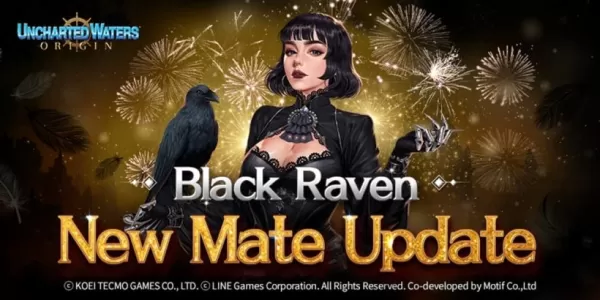
- Uncharted Waters: Origin Adds Crafting Feature
- Nov 08,2025
-

- Atomfall Release Date Announced
- Nov 08,2025
-
